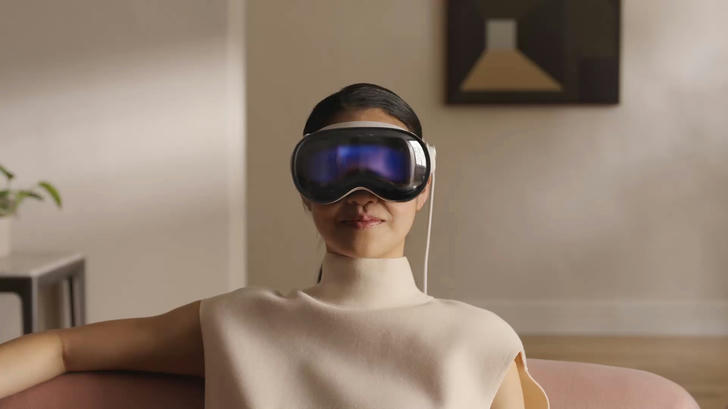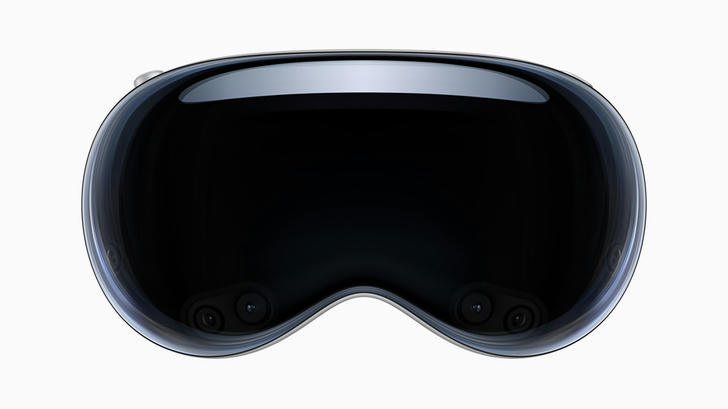How Apple Vision Pro Is Changing the Way We Experience Reality
In 2025, Apple Vision Pro is more than just a new gadget—it's a milestone in how we interact with the digital and physical world. As Apple’s first mixed-reality headset, it seamlessly blends virtual content with the real environment, creating what Apple calls "spatial computing." But what does that mean for everyday users? And how is this product fundamentally shifting our understanding of reality?
Let’s explore how Apple Vision Pro is transforming work, entertainment, communication, and our very perception of the world.
1. A Leap into Spatial Computing
At its core, Apple Vision Pro is not just another virtual reality (VR) headset. It’s a mixed reality (MR) device that combines augmented reality (AR) and VR using advanced sensors, LiDAR, high-resolution displays, and eye- and hand-tracking technology. Unlike older VR headsets that shut users off from the real world, Vision Pro allows them to see and interact with their physical environment, layered with digital content.
With its visionOS operating system, the Vision Pro introduces a new way to control computing: no mouse, no keyboard, no controller—just your eyes, hands, and voice.
2. Reinventing Workspaces
One of the most profound impacts is in how we work. Vision Pro enables infinite virtual screens, allowing users to set up a massive digital workspace without the need for physical monitors. Imagine having multiple browsers, spreadsheets, and apps floating around your real-world desk—scalable, movable, and context-aware.
Professionals who work remotely or in creative fields (like designers, developers, or video editors) are already experimenting with Vision Pro as a portable workstation, merging physical tools with immersive digital environments.
Plus, Vision Pro integrates seamlessly with the Mac ecosystem. You can lift a Mac display into your mixed-reality space with a glance—instantly turning your headset into a large, high-resolution monitor.
3. Entertainment Like Never Before
Entertainment is arguably where Vision Pro truly shines. With dual 4K micro-OLED displays and a custom Apple M2 and R1 chip, it delivers one of the most immersive media experiences ever created.
Users can watch movies, play games, or explore immersive environments with stunning realism. You can sit in a virtual cinema, visit an alien planet, or watch a sports game as if you were courtside—all from your couch.
Apple’s integration with Apple TV+, Disney+, and spatial audio takes binge-watching to a new dimension. It’s not just watching TV—it’s stepping into the content.

4. A New Era for Communication
Apple Vision Pro introduces spatial FaceTime, where participants appear life-size in your room, complete with spatial audio. It feels like having people physically present, reducing the emotional distance that often exists in video calls.
For remote teams, classrooms, and even family chats, this could redefine digital communication—making it more natural, personal, and emotionally engaging.
Notably, Apple uses “persona” avatars, which are machine-learned, photo-realistic 3D versions of users. These are still evolving in realism, but they represent Apple’s solution to the “uncanny valley” challenge in digital presence.
5. Immersive Learning and Exploration
Education and training are huge areas of opportunity. With Vision Pro, users can explore anatomy in 3D, walk through historical landmarks, or even simulate engineering environments.
For medical professionals, pilots, and technicians, this creates new dimensions of hands-on training without physical limitations or risks.
Apps like JigSpace or Sky Guide have already launched mixed-reality versions tailored to Vision Pro, enabling experiential learning that was impossible with 2D screens.
6. Digital Wellness and Mindfulness
Unlike many screens that encourage mindless scrolling, Vision Pro can foster intentional engagement. With apps designed for mindfulness, focus, and environmental immersion, users can meditate inside a virtual forest or do yoga on a virtual beach.
The device supports environmental dimming, helping reduce distractions from your real-world surroundings, while EyeSight, an external display that shows your eyes, keeps you connected to people around you when needed—addressing a common social concern with headsets.
7. Limitations and Future Potential
While the Apple Vision Pro is a technological marvel, it’s not without challenges:
- Price: At around $3,499, it remains inaccessible for many.
- Weight and Comfort: Early adopters report that long sessions may lead to fatigue.
- App Ecosystem: Though growing, many everyday apps are still adapting to spatial computing.
Still, these are early-stage limitations. The possibilities for future versions—lighter design, cheaper models, improved AI integration—suggest that Vision Pro could become as mainstream as the iPhone in years to come.
8. Conclusion: A Shift in Human-Technology Interaction
Apple Vision Pro isn’t just a device; it’s a gateway to a new paradigm in how we experience and interact with reality. Whether it's redefining the workplace, transforming entertainment, or making digital communication feel more human, it’s clear that spatial computing is here to stay.
As developers build new spatial apps and consumers explore new experiences, Vision Pro may ultimately do for XR (extended reality) what the iPhone did for mobile computing.
In 2025, reality isn’t just something you live in—it’s something you help shape. And with Vision Pro, that future is already unfolding before our eyes.

